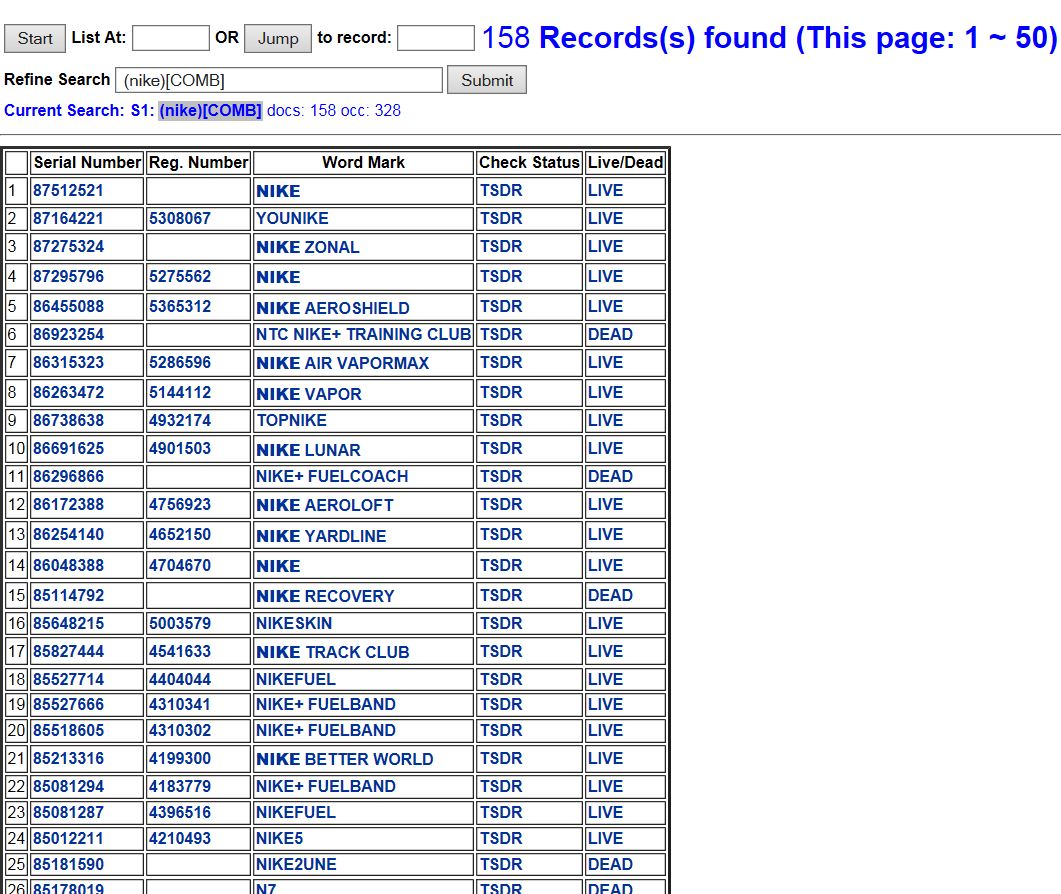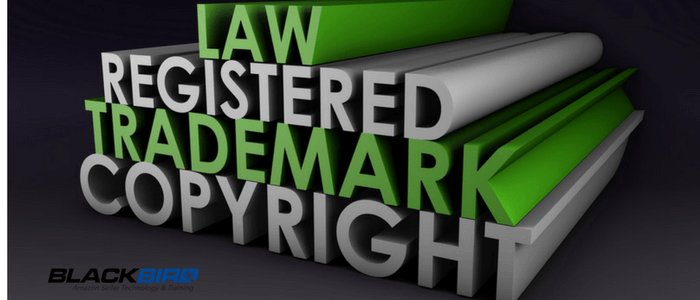Patents and trademarks are not the most fun topic to deal with when selling your own brand, but something we need to discuss.
In this article, we’ll explain the basics of patents and trademarks to help you get started but like anything legal we need to say it so here it goes… “you need to seek your own legal advice on this topic what we teach in this video is our opinion only.”
If you’re importing a product from China, you need to be more careful of a patent on a product, and if you’re creating your own brand or private label product, you need to be careful of the patents and trademarks.
Understanding Patents
Firstly, let’s talk about patents, obviously we’re not lawyers and you need to go and get your own legal advice which is really important, we can only give you our own personal opinion.
With products that are potentially more complex in nature, they’re most likely going to have a patent attached to them.
Now just because you can find a manufacturer in China that makes a certain product, that doesn’t necessarily mean they haven’t copied somebody’s patent. This happens quite a lot in China, they just copy people’s products all the time and don’t care if the US patent is taken or not. Not all Chinese, but it does happen quite commonly so you just need to use your common sense.
A large amount of that can be dictated by the quality and size of the supplier. If you’ve got a really reputable supplier that’s selling some really good brands then they’re less likely to be doing that sorts of stuff.
So what our rule of thumb would be, if you’re getting in to private labelling, stick to simple products that aren’t likely to have a patent. Anything that’s got technology built in to it, or a significant amount of intellectual property built into it, we would recommend you avoid that.
It can be mechanical things too, it’s not just technology, so keep the product simple if you’re going to do private labelling unless you want to get a patent attorney involved and that costs quite a lot of money.
Understanding Trademarks
The other thing is trademarks, a trademark is the name of your brand so trademarks are a bit easier but still complex to tackle.
Let’s have a look at the United States Patent and Trademark Office from the following link:
You can search for patents or trademarks, what we like to do is choose ‘TESS’ (Trademark Electronic Search System) from the Quick links menu:

If you type in a search term, such as ‘Nike’ for example, you’ll receive a whole list of results:

TIP: If you search YouTube, you’ll find some really good videos on how to use the upto website
Trademarks is all about the class that you’re in, so there’s lots of different classes that you can go in.
The best rule of thumb we would go for when you don’t want to spend money on a trademark is to choose a name that really means nothing and that no-one’s ever heard of, just make a name up that sounds cool and will fit your product.
If you just use descriptive phrases, like ‘best running shoe’ or ‘the running shoe king’, you’re less likely to be able to defend that. Whereas if you made up a name that sounds cool, for example ‘Google’ that’s just a made up name that sounds cool, also, try to stay away from English words.
It is however a good idea to trademark your brand, because if you don’t, someone else might and you could get in to a bit of trouble later, as somebody might want to block you from using that name and these things do happen.
TIP: Choosing a name that means absolutely nothing is key as it will be much easier to trademark
The Cost of Trademarking Your Product
There is of course a cost involved to trademarking your product, so if you don’t want to spend money on a trademark straight away, what we suggest you do is start selling your product and once you get traction with your first product and it starts making money, then go and trademark it.
So you don’t have to do it straight away, it’s not illegal, you don’t have to trademark anything if you don’t want to, it’s just a form of protection for you and your brand in the future.
Further Reading
In the following article ‘Learning Amazon’s Policy Compliance: Email and Reviews’, you’ll learn all about Amazon’s policy on email and reviews, what you need to be aware of, and what you definitely shouldn’t do…!
It’s time to strike your first deal with your supplier, so in the following article ‘Negotiating Deals With Your Supplier The Right Way!‘, we’ll be teaching you exactly how to do that so you can get your first product into production.
Our Thoughts
In this article, we’ve discussed patents and trademarks in some detail.
Remember, our general rule of thumb is to go for simple products where there aren’t any patents and at least trademark your product once it starts selling so there’s no cost upfront it’s only after you start making money.
BlackBird Suite= Our SECRET Weapon
BlackBird Suite is the ultimate tool for tracking your key metrics, and providing you with cutting edge Amazon seller training.
BlackBird Suite gives you the ability to easily:
- Track your products, sales, reviews, pricing, and ranking
- Search the Amazon marketplace for the best new opportunities
- Analyze monthly earning of ANY product on Amazon
- Spy on your competition
- Analyze on-page performance metrics
- Alert you to problems related to your products
- Send emails to your customers (to generates reviews and more sales)
- Learn ALL the secrets to selling on Amazon (via 71 training videos)
- To ask Steve, me, Matt Carter (partner), and our team of ‘Gurus’ ANY Amazon selling related question ANY TIME you want to using our unique ‘Grab A Guru’ strategic support system.

Tehmina Zamir is a Content Manager at Blackbird Suite. With 5+ years experience in the multiple-niche industry, she writes action driven marketing sales copy to help millions of Amazon sellers grow their business at a rapid rate. She is also an author of Global Patient Transfer, Gooline Space, Healthwiz360 etc.
